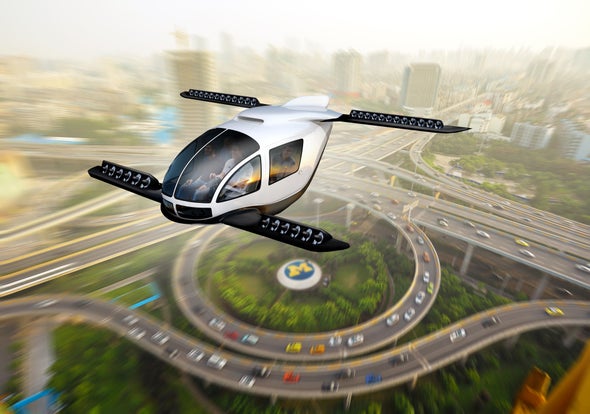
Breaking News
 Wash Post Editorial Board Turns Against Climate Agenda?!
Wash Post Editorial Board Turns Against Climate Agenda?!
 One Year Ago I Predicted and Described in Detail Huge Mars AI Plans that Elon Musk Confirmed...
One Year Ago I Predicted and Described in Detail Huge Mars AI Plans that Elon Musk Confirmed...
 British Teachers To "Spot Misogyny" In Boys And Target Them For Reeducation
British Teachers To "Spot Misogyny" In Boys And Target Them For Reeducation
 Democrats Refuse To Release Post-Mortem Of 2024 Election Loss, DNC Chair Says
Democrats Refuse To Release Post-Mortem Of 2024 Election Loss, DNC Chair Says
Top Tech News
 This tiny dev board is packed with features for ambitious makers
This tiny dev board is packed with features for ambitious makers
 Scientists Discover Gel to Regrow Tooth Enamel
Scientists Discover Gel to Regrow Tooth Enamel
 Vitamin C and Dandelion Root Killing Cancer Cells -- as Former CDC Director Calls for COVID-19...
Vitamin C and Dandelion Root Killing Cancer Cells -- as Former CDC Director Calls for COVID-19...
 Galactic Brain: US firm plans space-based data centers, power grid to challenge China
Galactic Brain: US firm plans space-based data centers, power grid to challenge China
 A microbial cleanup for glyphosate just earned a patent. Here's why that matters
A microbial cleanup for glyphosate just earned a patent. Here's why that matters
 Japan Breaks Internet Speed Record with 5 Million Times Faster Data Transfer
Japan Breaks Internet Speed Record with 5 Million Times Faster Data Transfer
 Advanced Propulsion Resources Part 1 of 2
Advanced Propulsion Resources Part 1 of 2
 PulsarFusion a forward-thinking UK aerospace company, is pushing the boundaries of space travel...
PulsarFusion a forward-thinking UK aerospace company, is pushing the boundaries of space travel...
 Dinky little laser box throws big-screen entertainment from inches away
Dinky little laser box throws big-screen entertainment from inches away
 'World's first' sodium-ion flashlight shines bright even at -40 ºF
'World's first' sodium-ion flashlight shines bright even at -40 ºF
Libertarians Want to Make New Hampshire a Flying Car Mecca

Hopes for the flying car soared in January, when one manufacturer, Woburn, Massachusetts-based Terrafugia, attained a long-awaited industry first: a Federal Aviation Authority airworthiness certificate for its Transition, a "roadable aircraft" — a winged, gas-powered, wheeled vehicle that can be both driven and flown. Suddenly the aerial sedan, first popularized in the 1960s cartoon The Jetsons, needed only U.S. Department of Transportation approval before it could be let loose on America's highways and flyways. Terrafugia hailed a "major accomplishment." Champagne corks flew.
But in mid-February, Terrafugia, which is owned by China's Zhejiang Geely Holding Group, quietly laid off 43 employees — almost half of its Massachusetts workforce. Kevin Colburn, vice president and general manager of Terrafugia, which was started in 2006 by MIT grads, says the company is now focused on a new endeavor that is "not in flying cars."
Terrafugia's plummet to Earth should come as little surprise. The roadable aircraft has been on a wobbly trajectory since its inception in 1917, when an enterprising motorcycle builder, Glenn Curtiss, slapped some wings on what resembled a Model T and made an attempt, alas bootless, to take flight. For more than a century, the mass-produced flying car has been an American miracle earnestly promised to hit the market in months. In recent years, hundreds of well-heeled futurists have made reservations to buy a $300,000-plus flying car from Terrafugia and have inked similar orders from its two largest competitors, Samson Sky of Oregon and Pal-V of the Netherlands.



